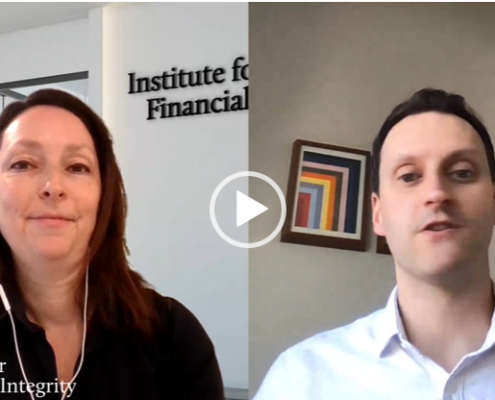
AML/CFT and Sanctions Enforcement Actions in 2025
2025 will go down as a historic year for AML/CFT and sanctions-related enforcement actions in two ways. It’s the first time in over 20 years that no banks have faced major penalties, and state regulators began jointly penalizing institutions.

Navigating the Convergence of Sanctions Evasion, Export Control Evasion, and Money Laundering
Explore the convergence of illicit finance domains through real-life examples including Russia’s procurement of drone components, Iran’s evasion networks, and China’s acquisition of restricted chips.

Terrorist Drug Trafficking Organizations
This article provides background on designated cartels — their geographic reach, how they raise and move money, the risks they pose to financial institutions, and common red flags that may help financial institutions to identify suspicious activity.

FATF’s Recent Risk Map Update
FATF’s June 2025 update—new grey list additions and unchanged high-risk jurisdictions mean updated risk scores, stronger due diligence, and sharper monitoring for compliance teams. Here are three actions to take now.

Blockchain & Ballistics
The Houthis are pioneering a new model of terrorist financing by using digital assets to purchase advanced weapons systems. This article explores the new dimensions of this convergence, and red flags associated with these evolving risks.

Canada’s Strong Borders Act
Canada’s Strong Borders Act represents a sweeping overhaul of the country’s AML/CFT regime. The legislation introduces tougher penalties, expanded oversight, and stricter compliance and enforcement expectations.

The Network, Not the Node
Data analytics and advanced technologies are critical tools to take effective action against increasingly complex criminal networks. In this article we consider the best practices a financial institution could apply when implementing data analytics strategies and solutions, and what the future holds.

Syndicates of Terror
Eight Latin American drug cartels were recently designated by the United States as Foreign Terrorist Organizations and Specially Designated Global Terrorists. The U.S. designation enhances compliance risks for financial institutions and other companies transacting in Latin America.

2024’s Top 10 Major Developments
Explore the highlights from our recent webinar including an overview of the current illicit finance landscape, major events in 2024 as well as noted possible future developments as the global illicit finance regime grows and evolves.

Syria Sanctions Relief
The U.S. Treasury has issued a Syria General License to provide gradual sanctions relief for the Syrian people after the regime of Bashar al-Assad was toppled in December 2024. What does this sanctions relief mean to financial institutions and other firms hoping to transact in the country?
